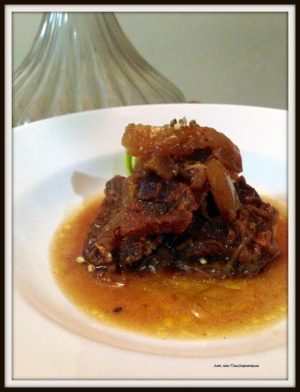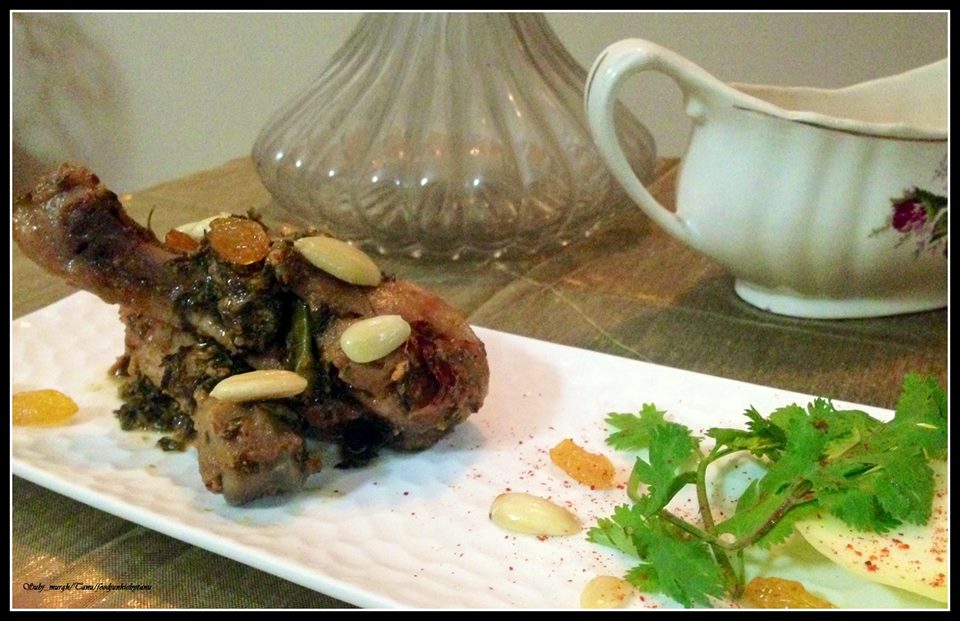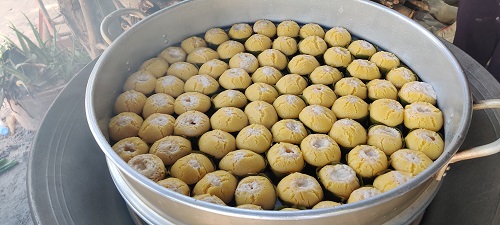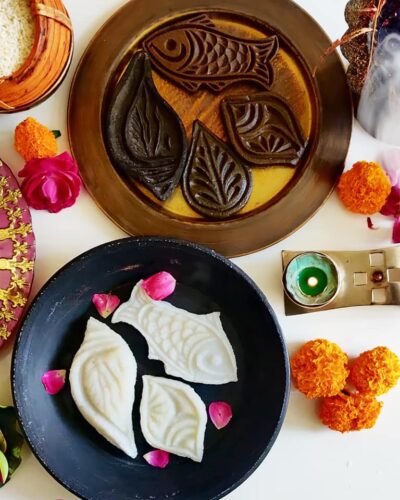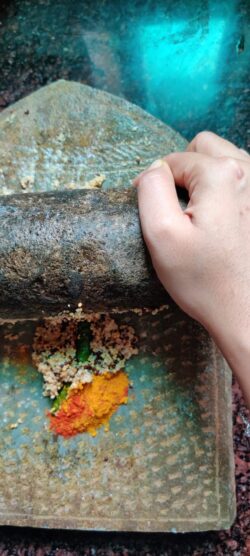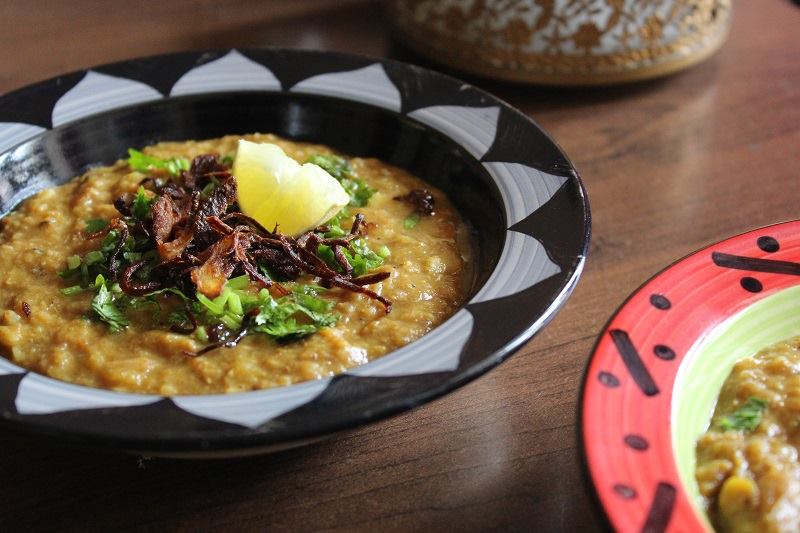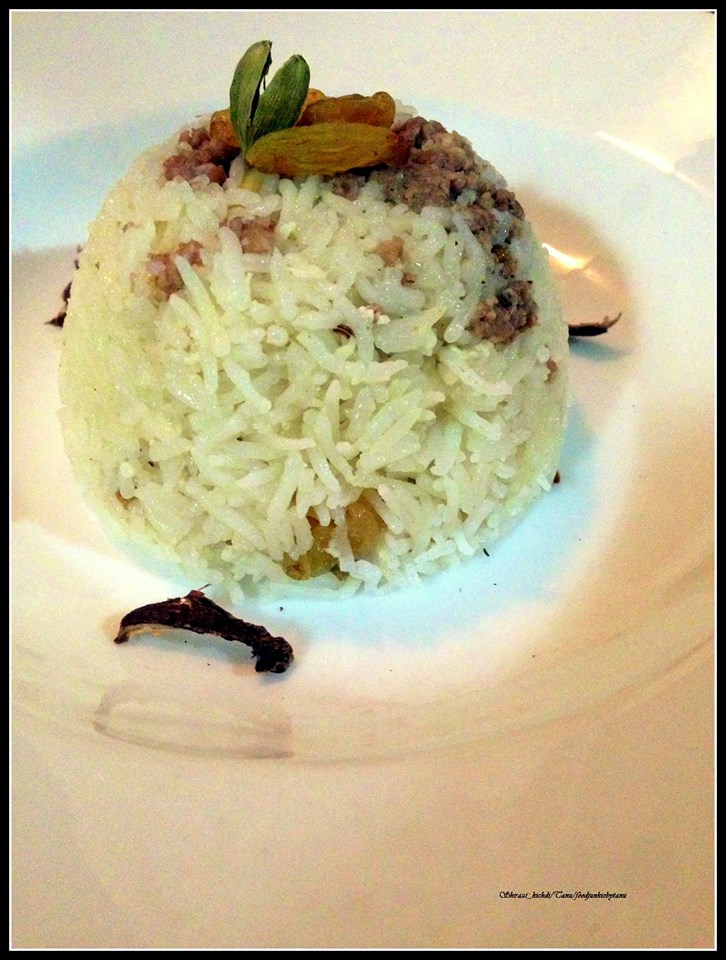
Let me tell you that the photos are really old but I really wanted to post this.
There is a fascination that I have with recipes from temples and recipes from royal kitchens . This is owing to the fact that these are places where only the best was served, documented and preserved. The quest to offer the best to the ruler of the world and the representative on earth, gave rise to best being created. It helped that these places also had access to the best of ingredients and knowledge. Temples and royal kitchens, weren’t just seats of power but also strategically, the library of information. I want to do a series of posts on some recipes from the royal kitchens.
The first in the series is from Sailana – a princely state located in confines of the great Malawa Plateau in Madhya Pradesh. The Sailana Chiefs are Rathod Rajputs, descendents of Maharaja Uday Singh of Jodhpur. One of the ancestors Ratan Singh, rose to distinction under Emperor Shah Jahan after saving the emperor from a charging elephant.
The culinary culture of Sailana reached it’s epitome with Raja Sir Dilip Singh, who excelled in the culinary arts and collected recipes of bygone eras from the Nizam of Hyderabad, Kashmir and Begum of Bhopal. He translated ancient recipe books from Sanskrit, Urdu and Persian to ensure that these recipes were preserved for posterity. These are a treasure trove of century old recipes that use exotic spices, rose petals and sandalwood powder. Most of these recipes do not use tomatoes, as they were introduced in India much later. His son Digvijay Singhji of Sailana preserved many of these recipes in the famous cookbook “Cooking delights of the Maharajas”.
There are recipes in the Sailana family collection that date back to the era of Shah Jahan and Aurangzeb. The three that I reproduced in my kitchen were keeping in mind the weather, current palate and uniqueness of the recipes – A Shirazi khichdi, Subj Murg and Ambo Kalia, of which shirazi khichdi and ambo kalia are accredited to the kitchens of Shah Jahan.
